

Learn about Shizuoka’s past, get to know its present...
And contemplate the future.
Recognizing that our city exists as it does today due to the accumulated history of our forebears, the Shizuoka City Museum of History aims to communicate the value and appeal of Shizuoka’s unique historical and cultural resources, and establish “Ogosho Ieyasu and Sumpu” as the image of the city. By arousing admiration for Shizuoka City among visitors, serving as a nucleus for its historic sites, and deepening the love and pride of its citizens towards their home town, the museum will become a center of life and activity in the city, and play a role in counteracting population decline. As a base for developing a city of history and culture, the museum will also contribute to the realization of Shizuoka as a “City of World Standards”, and create a new future for the city alongside its citizens.
Admission tickets to the 2nd and 3rd floor exhibition rooms
can be purchased at the information counter on the day or
online in advance via the below website.
Admission is“free”to the 1st floor only.
Admission to the exhibition rooms on the 2nd and 3rd floors
will be charged as follows.
| Category | Amount | |
|---|---|---|
| Individual | Adult | ¥600 (¥500) |
| Senior high school and university students, and Shizuoka City residents aged 70 or older | ¥420 (¥350) | |
| Elementary and junior high school students | ¥150 (¥120) | |
| Pre-school students (not yet enrolled in elementary school) | Free |
| Category | Amount | |
|---|---|---|
| Groups
(20 people or more) *Per person |
Adult | ¥480 |
| Senior high school and university students, and Shizuoka City residents aged 70 or older | ¥330 | |
| Elementary and junior high school students | ¥120 | |
| Pre-school students (not yet enrolled in elementary school) | Free |
Fees for special exhibitions vary for each special exhibition.
*With a special exhibition ticket, you can also view the permanent exhibitions.
One of the important roles of this museum is to carefully preserve
exhibition items and pass them on to future generations.
We appreciate your cooperation in preserving important exhibition items.

Please do not touch any exhibition items or exhibition cases.

Photography is prohibited inside exhibition rooms, except for certain areas. Please check the signs in the museum for locations where you can take photographs.

In order to prevent insects and mold due to spilled food and drinks, it is generally prohibited to carry or consume food and drinks (including candy and gum) in the museum. However, eating and drinking is allowed in the designated area.

If you bring in plastic bottles or other containers, please make sure to put them in a plastic bag or the like. Also, make sure to put wet folding umbrellas and rain coats in plastic bags.

Please refrain from carrying umbrellas inside the museum. Please put umbrellas, including parasols, in the umbrella stand.

Please refrain from behavior that may disturb other guests, such as running or speaking loudly. Please be especially careful if you are wearing geta (wooden sandals), high heels, or other footwear that tends to make noise. Please be considerate of the volume when using exhibition audio guides.
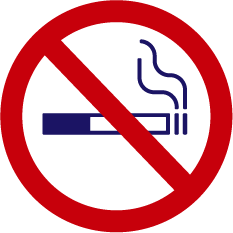
Smoking is strictly prohibited on the museum premises, including outdoors. Please refrain from smoking.

Please refrain from brining pets inside the museum. *Guide dogs, service dogs, and hearing dogs are permitted inside the museum.

Please refrain from bringing in plants (fresh flowers, vegetables, etc.), dangerous objects, or open flames.

Please turn off your mobile phone or set it to silent mode. Please refrain from making phone calls or sending text messages in exhibition rooms.

Please refrain from using writing implements other than pencils in the exhibition rooms, as they may stain exhibition items.
Please follow any other instructions from staff.
We kindly ask for your cooperation
so that everyone can use the museum in comfort.
4-16 Ote-machi, Aoi-ward, Shizuoka-shi, Shizuoka 〒420-0853
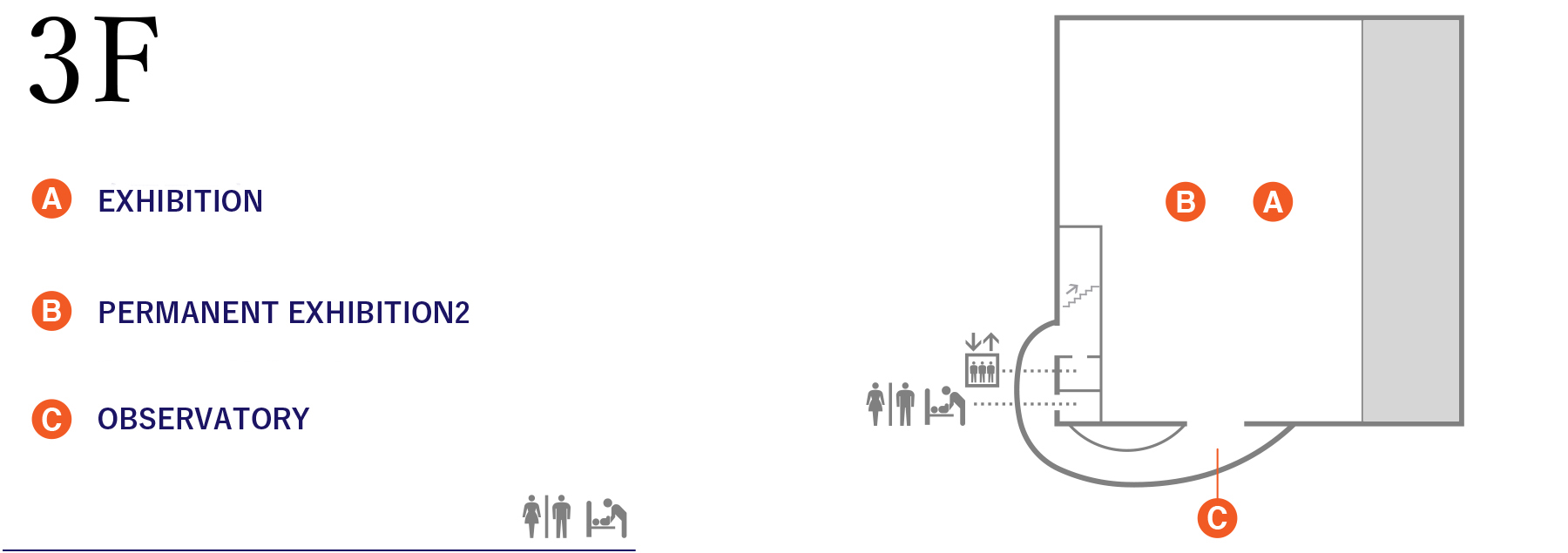
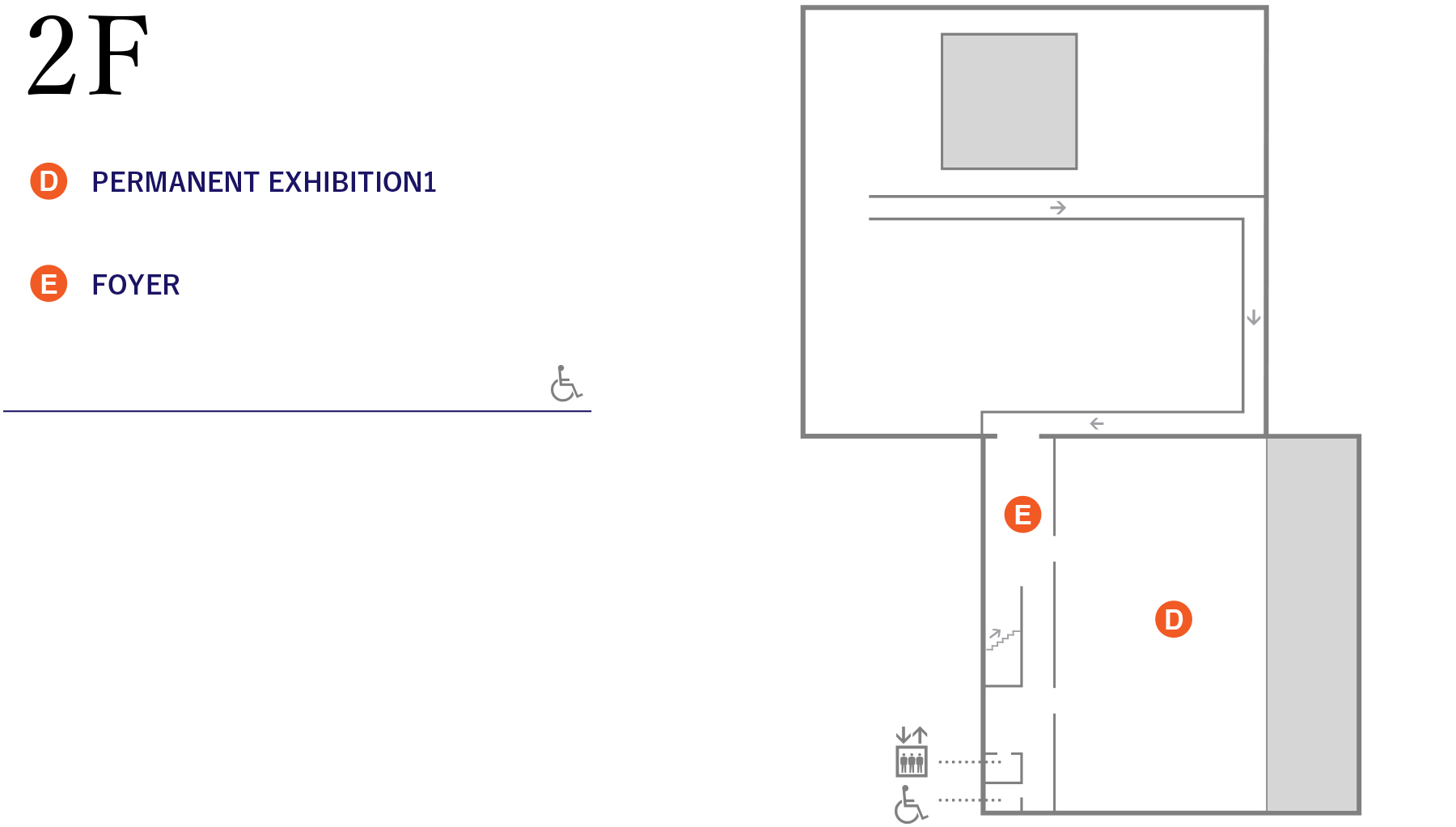
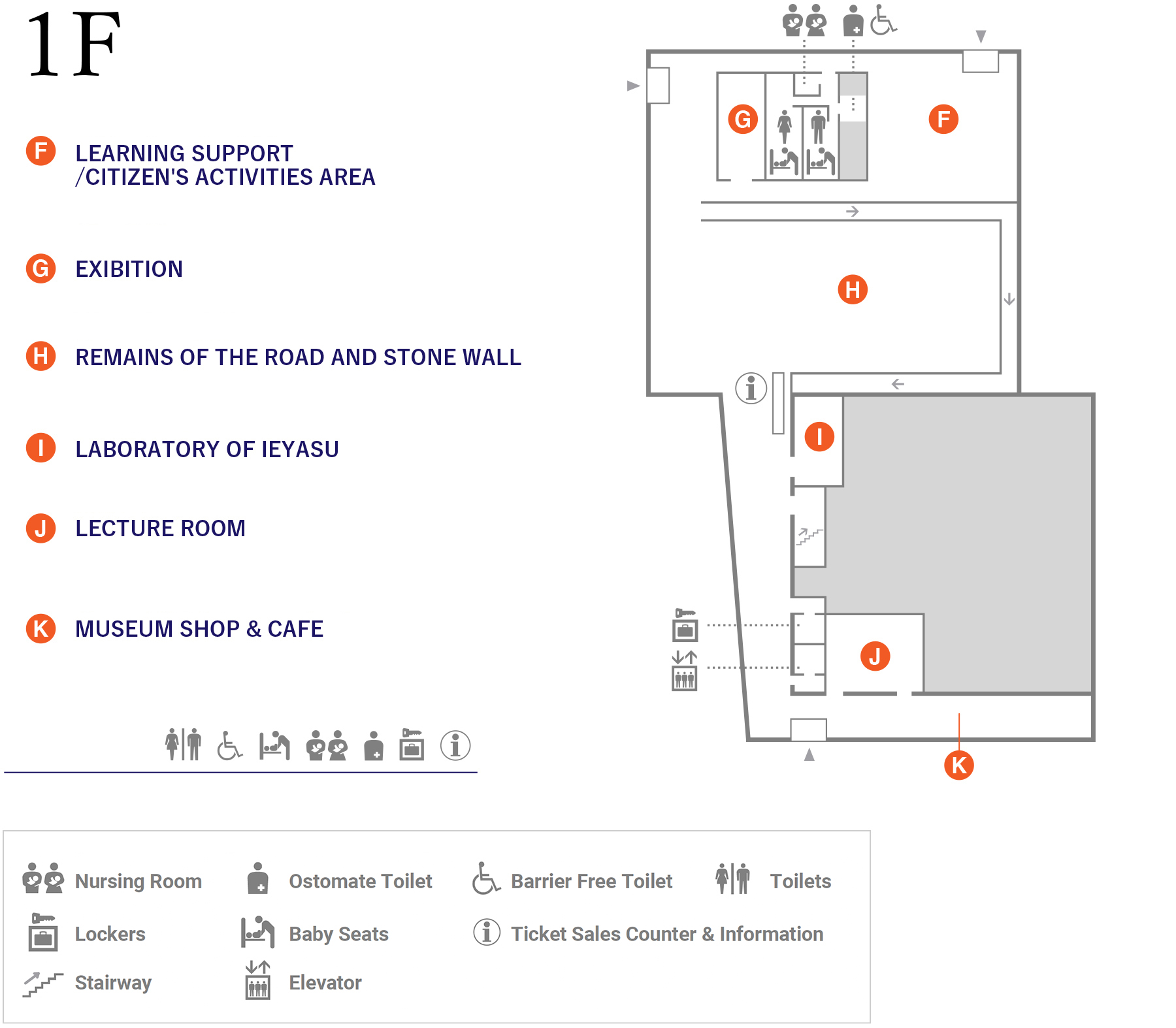
This exhibition introduces historical sites throughout Shizuoka City
by linking “places” and “things” (materials).
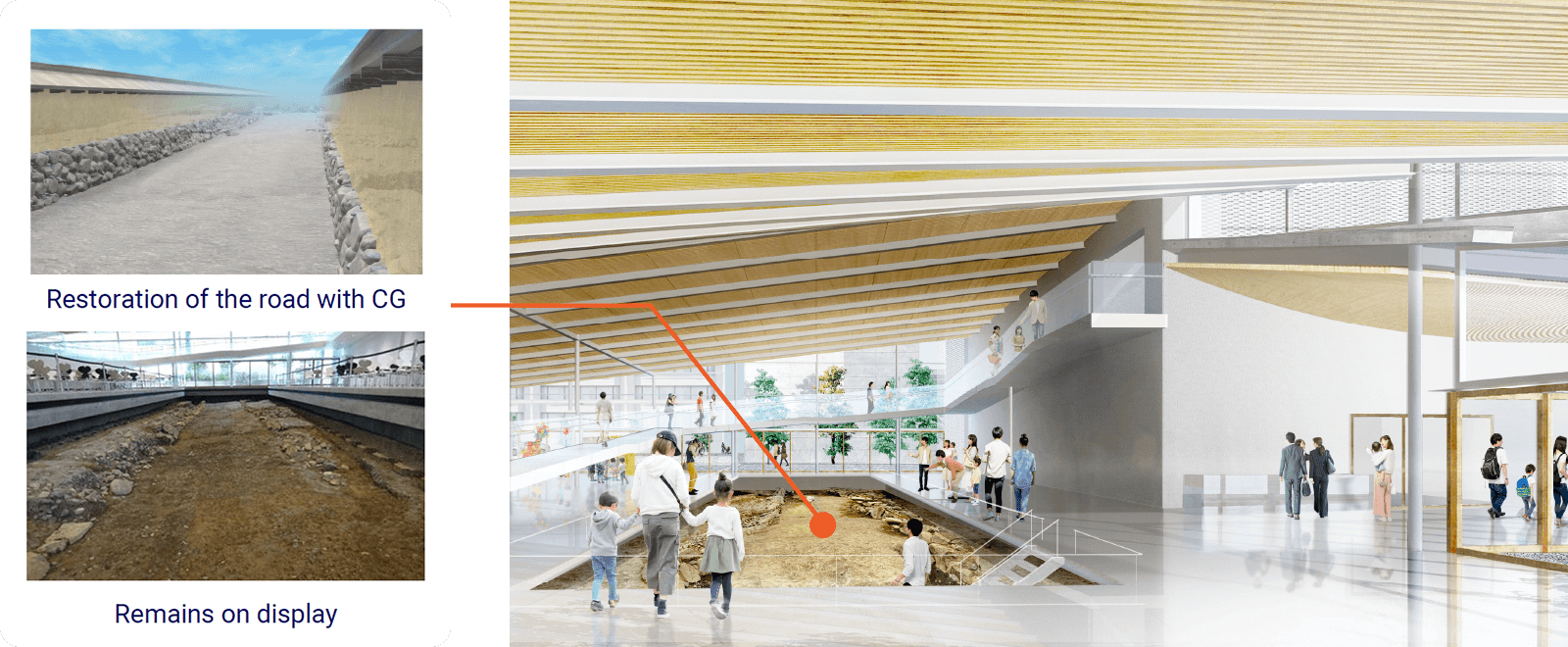
The structure of the town of Sumpu when it was first built was unknown until now, so this exhibition is a very precious relic, even on a national scale. The road is over 30 meters long. On both sides of the road stood stone walls of the same length. Apparently there were huge mansions on the either side of the walls One wonders what they might have looked like. This spot lets you imagine what it was like in the time of Tokugawa Ieyasu.
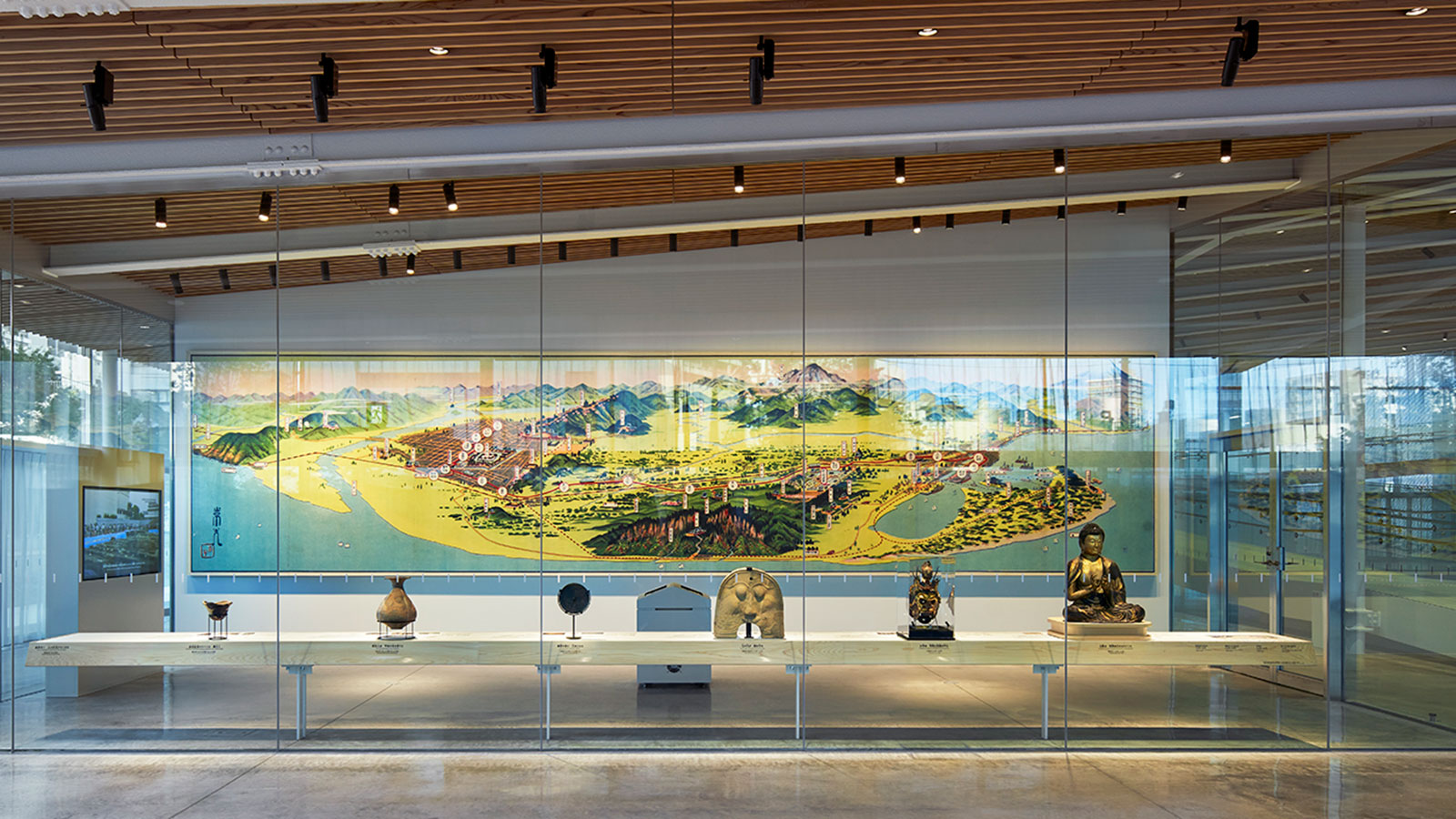
A map of Shizuoka is displayed on a large screen. It is made so that you can feel the vast expanse of Shizuoka.
Understand the depth of Shizuoka’s past through these distinctive historical materials.
Tokugawa Ieyasu came to Sumpu as an Ogosho (retired shogun), and held exchanges with envoys from around the world.
Here we introduce people who came to Sumpu and the precious treasures they brought with them.
Here you can see the state of Sumpu 400 years ago and the world that Tokugawa Ieyasu lived in.
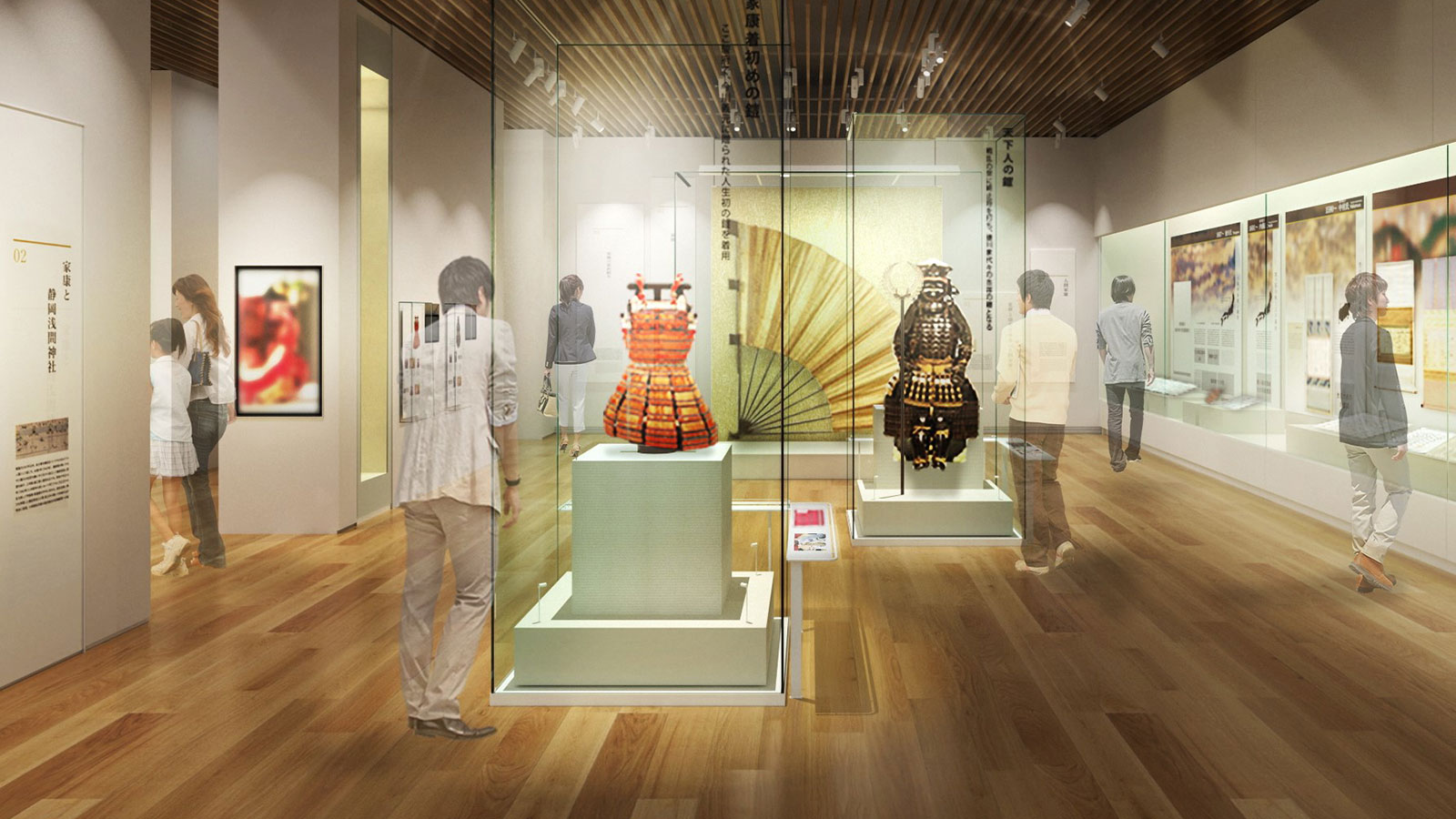
Tokugawa Ieyasu spent 25 years, about one third of his 75 years of life, in Sumpu (Shizuoka) Here we trace the life and character of Tokugawa Ieyasu, to see what kind of person he was.
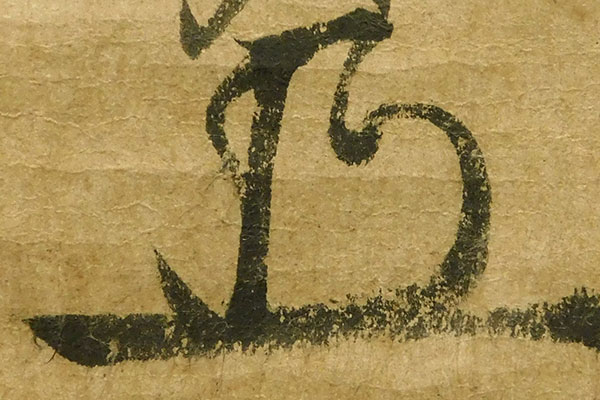
When issuing orders or sending letters, people of past eras either wrote their kao (stylized signature) or put their insho (personal stamp) on their documents. The style of kao changed over the years.
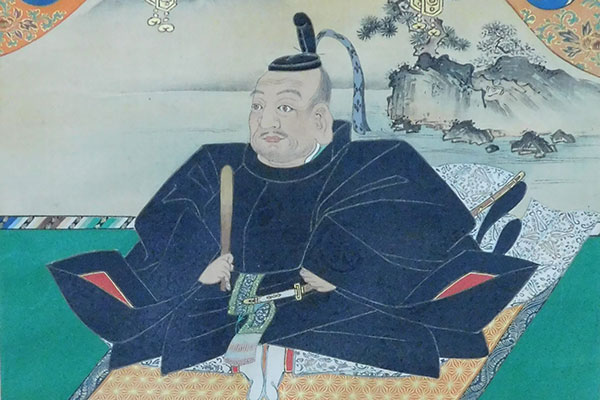
Many portraits and wooden statues were created to worship Ieyasu, who was enshrined as a deity after his death.
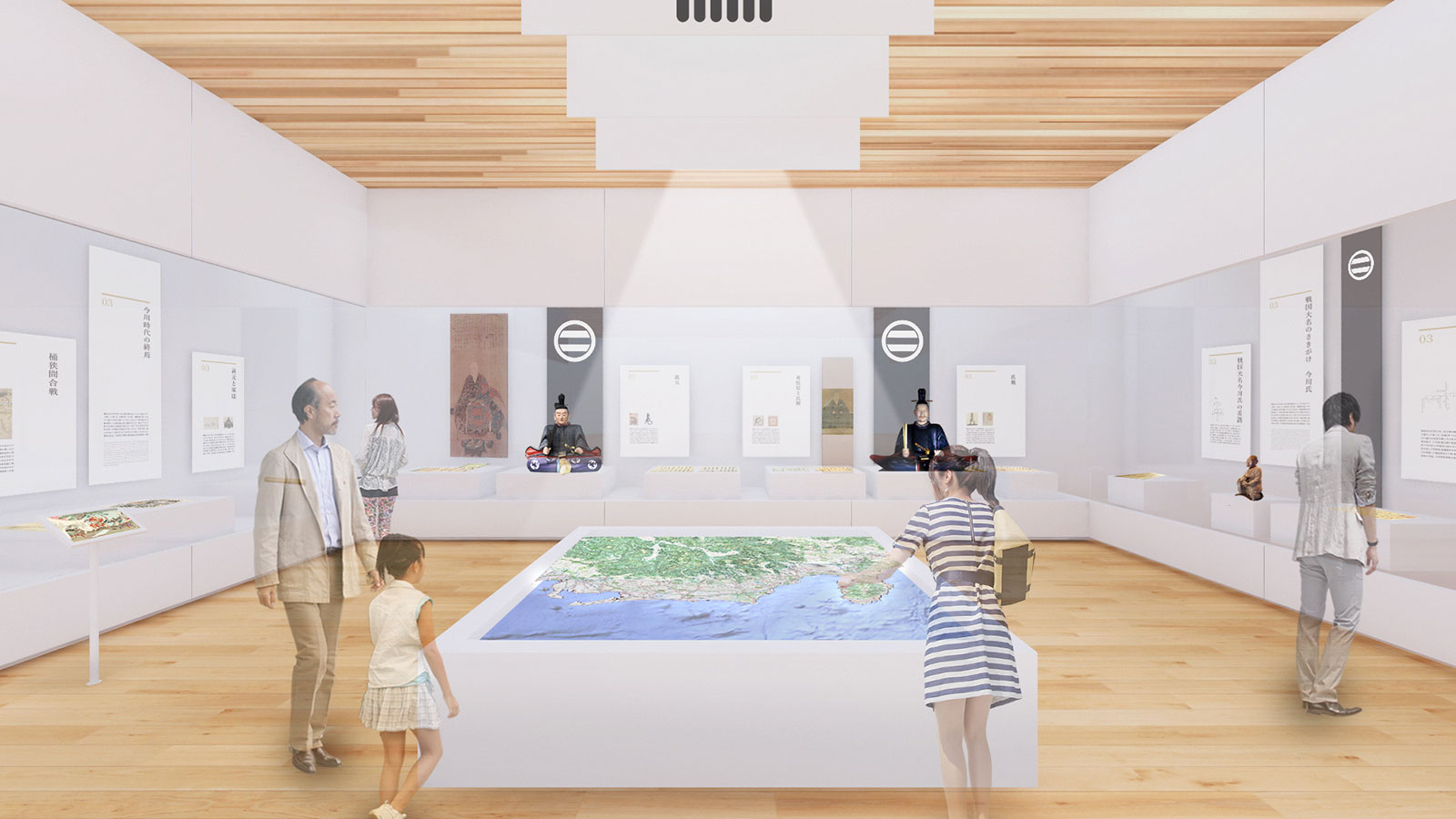
The Imagawa Clan, who for generations wielded great power from Sumpu (Shizuoka), raised Tokugawa Ieyasu as a child. The culture cultivated by the Imagawa Clan still remains and has an impact on Shizuoka today.
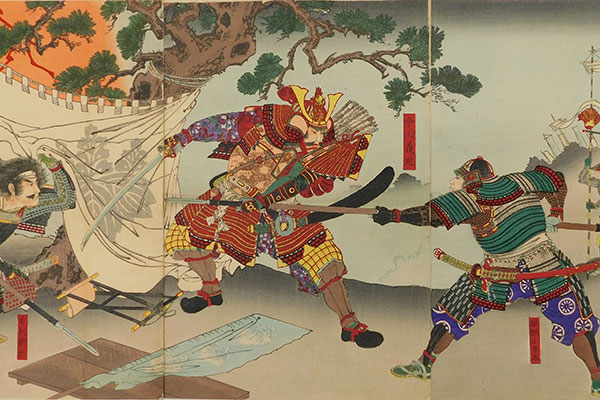
Here you can see Imagawa Yoshimoto, depicted as an armor-clad warlord, fighting bravely. One wonders what sort of person Yoshimoto was.
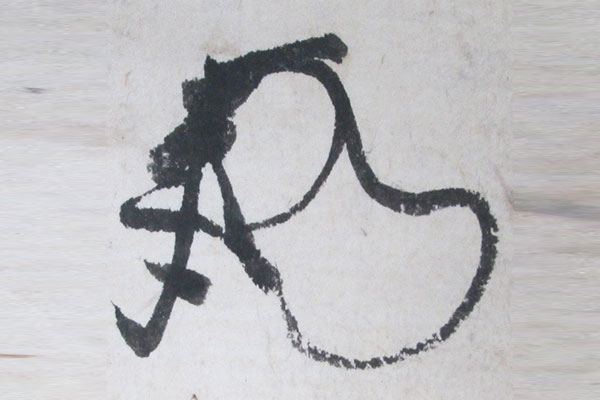
This was the kao used by Imagawa Yoshimoto. It is said that when Tokugawa Ieyasu (aka Motoyasu) was 17 to 19 years old, he used a kao similar to that of Yoshimoto.
At the beginning of the Edo Period (1603 – 1868), the Tokaido Highway established by Tokugawa Ieyasu was thronged with
travelers and trade goods. This hustle and bustle brought rich lifestyle and culture to Sumpu, which was inhabited by samurai,
townsfolk, and other classes of people.
In this exhibition you can learn about the layout of the town of Sumpu and how people lived in the Edo Period.
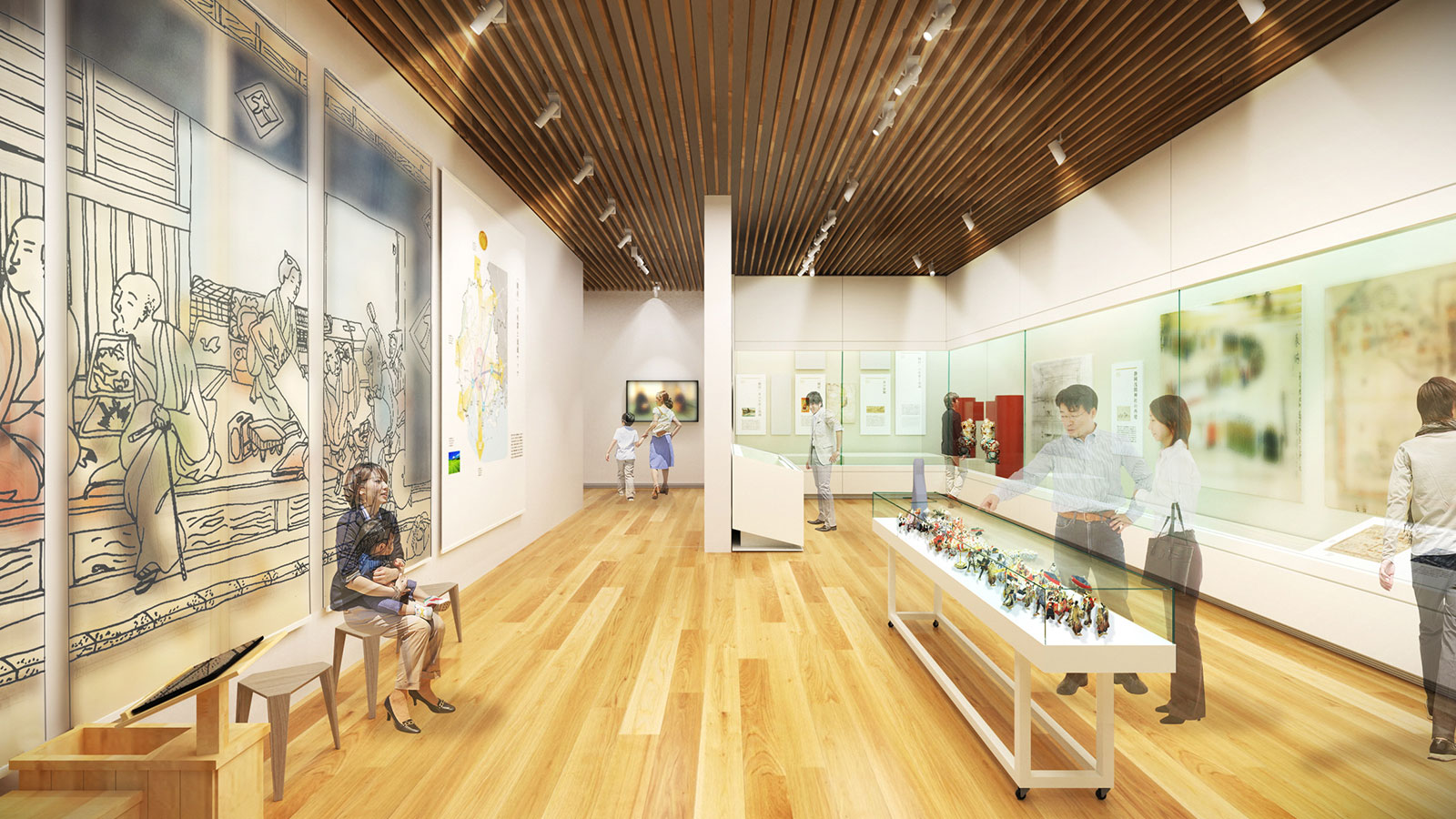
Tokugawa Ieyasu developed the castle town of Sumpu (now Shizuoka City center) into a town with many inhabitants. Here we introduce people’ s lifestyles, businesses, and festivals. This area also introduces industries such as tea, as well as distribution centered on Shimizu Port.
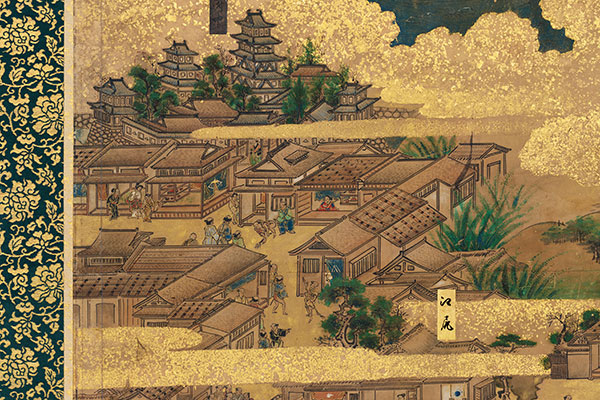
As peace came upon Japan, more people traveled along the Tokaido Highway, and the hustle and bustle of the Tokaido Highway from Edo (modern day Tokyo) to Kyoto was depicted in paintings and folding screens.
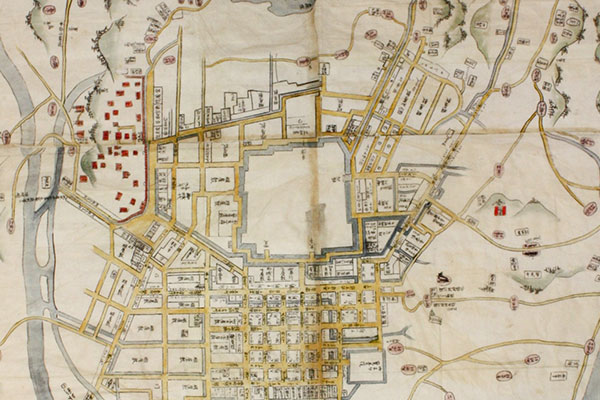
The names of the neighborhoods and roads written on the map still remain, showing how the structure of Sumpu Castle Town has been inherited by modern day Shizuoka City center.
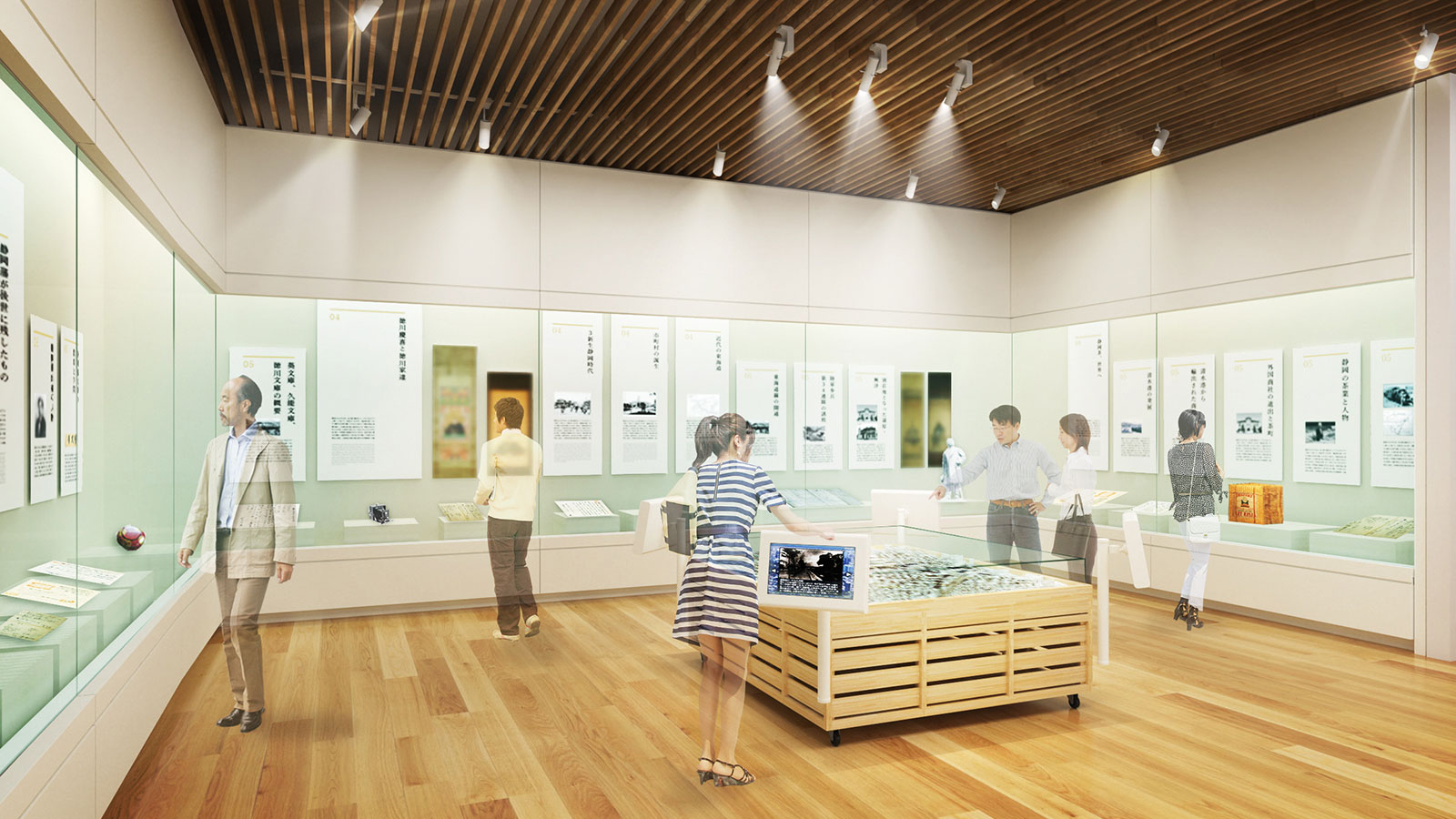
After the Meiji Restoration in 1868, many people from the former Tokugawa Shogunate moved to Sumpu, the Shizuoka Domain was established, and progressive initiatives were undertaken. Later on, Shizuoka City was established and the Tokaido was laid. This area also introduces the modern Port of Shimizu and tea.
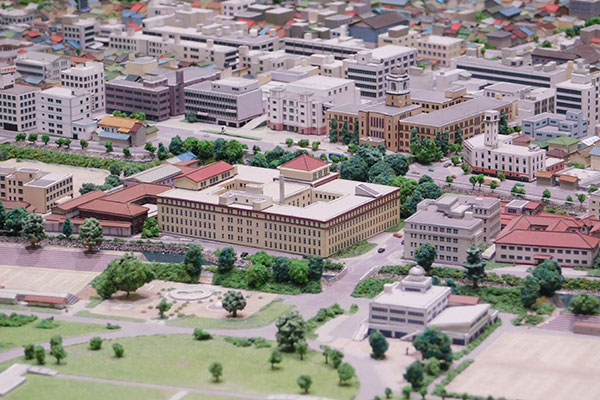
This is a model of Shizuoka City in the 1950s. Take a look at the city as it was back then.
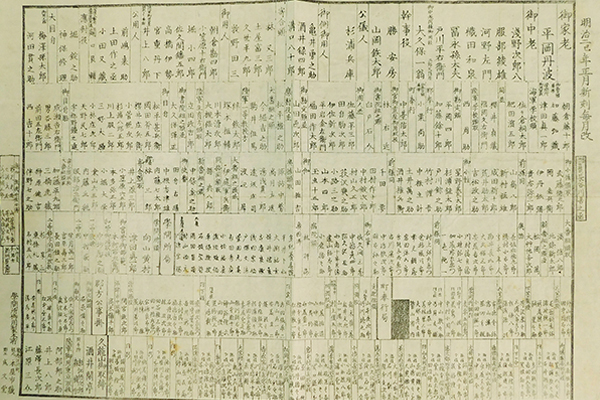
At the beginning of the Meiji Era, many talented personnel from the former shogunate moved to Shizuoka. This list of officials includes famous people such as the statesmen Katsu Kaishu and Maejima Hisoka.
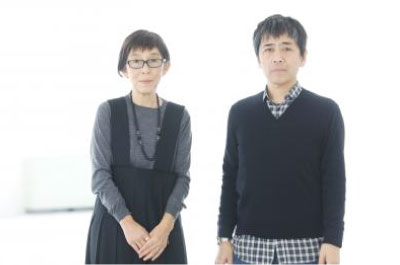
An architectural unit started by Sejima Kazuyo and Nishizawa Ryue.
Established in Tokyo in 1995.
Received numerous awards, including the Golden Lion at the 2004 Venice
Biennale International Architecture Exhibition, the 2010 Pritzker Architecture Prize, and
the 33rd Praemium Imperiale (Architecture Division) in 2022.
Their major works include the 21st Century Museum of Contemporary Art,
Kanazawa (Japan); Rolex Learning Center (Switzerland), the Louvre-Lens
(France), and Shogin TACT Tsuruoka (Japan).
Shizuoka City